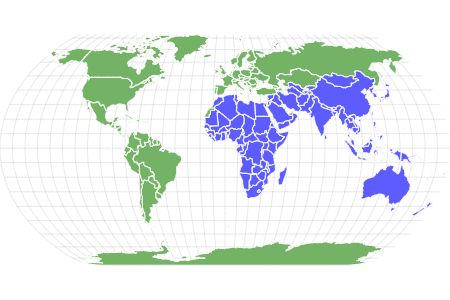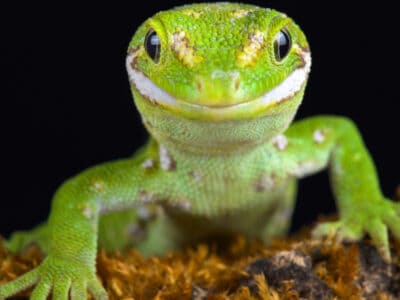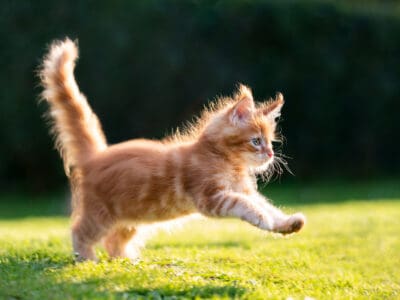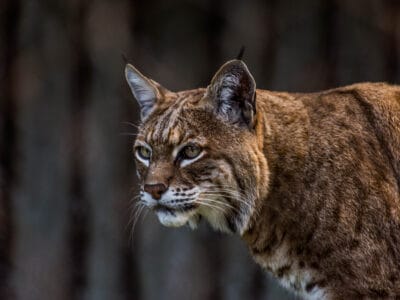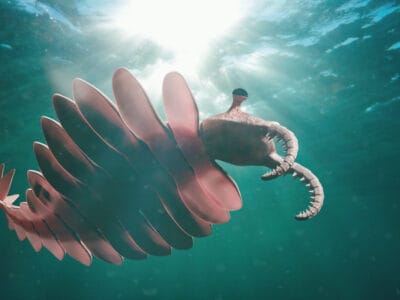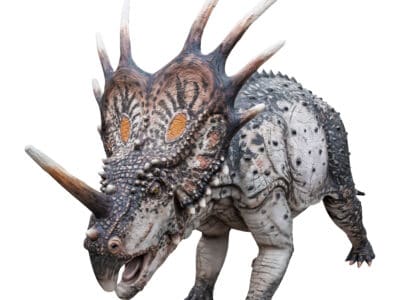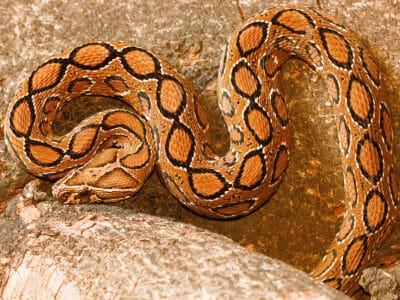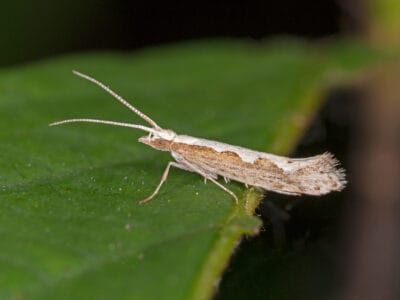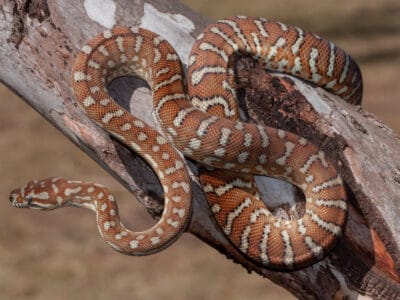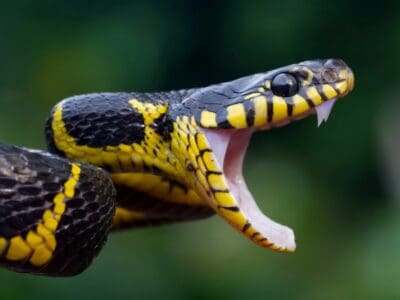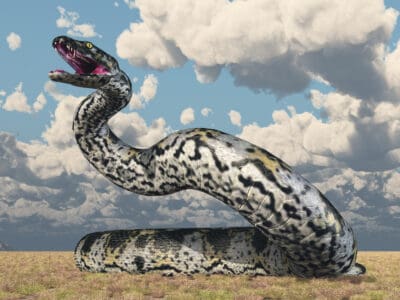Monitor Lizard
.jumbotron {
background-image: url(“https://a-z-animals.com/media/2018/09/Monitor-lizard-header-400×300.jpg”);
}
}
@media only screen and (min-width: 641px) and (max-width: 920px) {
.jumbotron {
background-image: url(“https://a-z-animals.com/media/2018/09/Monitor-lizard-header-470×370.jpg”);
}
}
@media only screen and (min-width: 921px) {
.jumbotron {
background-image: url(“https://a-z-animals.com/media/2018/09/Monitor-lizard-header.jpg”);
}
}
Monitor Lizard
Some species are thought to carry a weak venom!
Monitor Lizard Scientific Classification
Read our Complete Guide to Classification of Animals.
Monitor Lizard Conservation Status
Monitor Lizard Facts
- Main Prey
- Rodents, Snakes, Lizards
- Fun Fact
- Some species are thought to carry a weak venom!
- Habitat
- River banks and coastal forests
- Diet
- Carnivore
- Average Litter Size
- 10
- Lifestyle
-
- Solitary
- Favorite Food
- Rodents
- Type
- Reptile
- Slogan
- Some species are thought to carry a weak venom!
This post may contain affiliate links to our partners like Chewy, Amazon, and others. Purchasing through these helps us further the A-Z Animals mission to educate about the world’s species..

Spiders that fly! Fish that walk! And 1000+ more incredible animals. Discover them all for FREE
.photo-gallery {
–margin: 0px auto 0px;
–padding: 0px 0px 0px 0px;
}
.gallery-link {
background-image: url(“https://a-z-animals.com/media/2018/09/Monitor-lizard-Borneo-1024×535.jpg”);
background-repeat: no-repeat;
background-size: cover;
background-position: center;
height: 500px;
justify-content: center;
text-align: center;
align-items: center;
display: flex;
border: 2px solid #000;
}
.gallery-link img {
height: 50%;
}
@media only screen and (max-width: 768px) {
.gallery-link {
height: 300px !important;
}
}
View all of the Monitor Lizard images!
Lizards in the monitor lizard family are among the largest lizards in the world.
These reptiles are mainly native to Asia, Africa, and Australia, but can also be found in parts of the Americas due to the illegal pet trade. Monitor lizards are known for their large claws, powerful tails, long necks, and well-developed legs. They can move quickly and powerfully in pursuit of prey. Most monitor lizards are terrestrial and largely carnivorous. Depending on the size of the lizard, they will eat anything from insects and birds to small mammals.
See all of our expert product reviews.
5 Incredible Monitor Lizard Facts!
- Monitor lizards are considered to be the most intelligent of all lizards and some of the most intelligent reptiles in general.
- Monitors do not blink and they have very good vision. Scientists have observed monitors watching planes in the sky.
- Unlike many other reptiles, many monitor lizards have high metabolisms and burn energy like mammals.
- As pets, monitors have been observed seeking human attention and wanting to play.
- Monitors are alert and skilled predators. As dangerous as they are to smaller animals, their bites are not fatal to humans
Monitor Lizard Scientific name
The monitor lizard belongs to the kingdom Animalia, the phylum Chordata, the class reptilia, the order Squamata, the family Varanidae, and the genus Varanus. There are a number of subgenera for the monitor lizard, including the following:
- Empagusia
- Euprepiosaurus
- Odatria
- Papusaurus
- Philippinosaurus
- Polydaedalus
- Psammosaurus
- Solomonsaurus
- Soterosaurus
- Varanus
The scientific name Varanus comes from an Arabic word that means dragon or lizard beast. The standard English name for the monitor lizard may come from the reptile’s habit of standing on its hind legs to look around.
Monitor lizards have a number of local names depending on where they live. Some standard names for different types of monitor lizards include the following:
- Bengal monitor
- Gray’s monitor
- West African Nile monitor
- Black-throated monitor
- Blue-tailed monitor
- Savannah monitor
- Timor tree monitor
- Crocodile monitor
- Ridge-tailed monitor
The earless monitor is a rare species of monitor that lives in Borneo. It is the only species in the monitor subfamily of Lanthanotinae. It looks much like other monitors with an elongated body, but it has smaller limbs than normal with this species.
Monitor Lizard Appearance
Types of monitor lizards vary widely in their appearance and size. The smallest species of monitor grows to only eight inches in length. However, several species are quite large and can grow to lengths between seven and ten feet. No matter what size they are, monitor lizards tend to have thick, solid bodies, long necks, well-developed legs, and long tails. Colors vary widely with mottled shades of brown, black, gray, green, yellow, and blue being most common.
Health and Entertainment for your Monitor Lizard
See all of our expert product reviews.
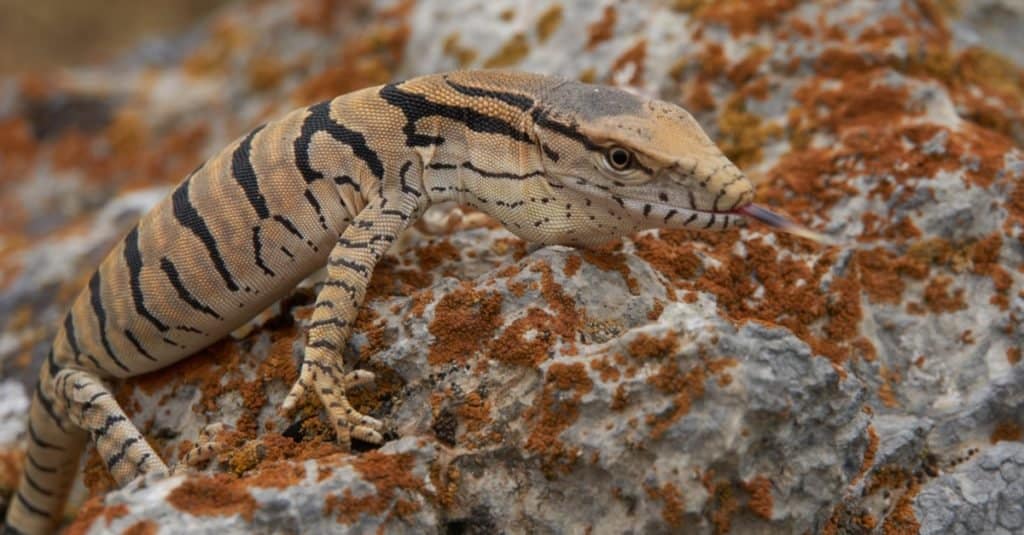
Sergey Dyonin/Shutterstock.com
Komodo Dragon vs. Monitor Lizard
The Komodo dragon is actually a type of monitor lizard. Its scientific name is Varanus komodoensis. The Komodo dragon is the largest species of monitor lizard, and it can grow up to ten feet long and weigh over 70 pounds. Komodo dragons are also generally known to be the most dangerous types of monitor lizards, and some attacks on humans have been recorded. Komodo dragons look generally similar to other monitor lizards, but they tend to have larger and heavier frames. Most other types of monitors have a more slender appearance. The skin of a Komodo dragon is also unusual compared to other monitors. It has tiny bones called osteoderms throughout its skin, which reinforces the toughness against predators. The dragon’s skin is thus very rugged and rough.
Monitor Lizard Behavior
Monitor lizards are generally solitary reptiles, but in some areas with limited water resources, monitors will gather in groups of up to 25. Otherwise, monitor lizards typically lead solitary lives until they come together to breed. Monitors are mostly terrestrial and move about most comfortably on land–especially with the larger species. There are a few arboreals and aquatic monitor species as well.
Most monitors are completely carnivorous. Monitors are generally shy of humans but can be dangerous if provoked. They are faster than they appear and have strong jaws and tails. Monitors can be very aggressive in protecting their territory or food. Many monitors are active hunters that stalk and chase down their prey. Other types of monitors are more interested in scavenging.
Monitor Lizard Habitat
These lizards are readily found in Africa and Asia as well as islands in Oceania. They can now be found in parts of the Americas, but they are considered an invasive species due to their non-native status. Monitor lizards in the Americas originated from the exotic pet trade. Monitor lizards adapt to many environments. They can be found in jungles and rainforests, but also in aquatic areas and hot and dry areas.
Water monitors like the Asian water monitor live in coastal areas with semiaquatic habitats such as swamps and mangroves. They also adapt to places with canal systems, such as those found in Sri Lanka.
Arboreal monitors like the Timor tree monitor spend most of their time in trees. They have long tails and sharp claws that are well-suited to climbing through branches and trees.
Monitor Lizard Diet
These lizard’s diet depends on where the reptile lives as well as its size and type. Tree monitors tend to eat insects and birds. Some species of tree monitor eat mostly fruit. Water monitors tend to eat anything they can find in the water. This includes fish, water birds, insects, eggs, and water mammals or reptiles. These lizards that largely live on land, such as the Komodo dragon, may eat a wide variety of live prey as well as carrion. The diet of the Komodo dragon consists of about 50% deer native to its island. Komodo dragons are also known to eat pigs and cattle if they can get them. These lizards are very opportunistic predators.
For a complete analysis of what monitor lizards eat, we’ve published ‘What Do Monitor Lizards Eat? 11 Foods in their Diet.’
What eats monitor lizards?
Large adult monitors have few predators. Smaller and baby lizards may be eaten by birds, other reptiles and lizards, wild cats, and humans.
What does a monitor lizard eat?
A wide variety of food including fruit, insects, birds, fish, mammals, and reptiles.
Monitor Lizard Predators and threats
For the largest species of these lizards, the main predator is humans. Some types of monitors are hunted by humans for their skin in the leather trade. The only exception to this is the Komodo dragon, which has rough and rugged skin not suitable for leather. For all types of monitors, the young lizards are preyed on by other lizards, snakes, large birds, fish, and big cats. Smaller lizards are also preyed on by these animals both when they are young and when they are adult size.
The conservation status of these lizards depends on the species. For example, the Komodo dragon is considered vulnerable. On the other hand, the Asian water monitor has a conservation status of least concern. The Panay monitor lizard is considered endangered. These lizards mainly lose their numbers due to threats to their habitat, decreasing water resources, and hunting from humans.
Monitor Lizard Reproduction, Babies, and Lifespan
Males will often fight to mate with females. The Komodo dragon usually mates between May and August, and eggs are then laid around September. Female lizards are often antagonistic towards the male, which means the male has to fully restrain them during mating or they may get injured.
These lizards typically lay their eggs in a concealed nest in the ground. They might also lay them in hollow tree stumps. The exact method differs depending on the species. For example, the Komodo dragon might lay its eggs in abandoned ground bird nests, or they might lay them in holes in the ground or hills. Some monitor species can lay as many as 30 eggs. Komodo dragons lay about 20. Nile monitors have a clever way of laying eggs where they dig them into termite mounds. The termites will naturally cover the hole, thus providing a secure and warm place for the eggs. When the eggs hatch, the baby lizards often eat the termites before leaving the mound.
As young lizards and unhatched eggs are attractive to many predators, not many young lizards survive from the original clutch. Young land monitors may spend much of their early life in trees to avoid predators.
Most of these lizards can live at least 20 years. Komodo dragons may take as long as nine years to reach full maturity. They can live up to 30 years. Larger monitors tend to live longer than smaller species.
Monitor Lizard Population
There are roughly 80 species of these lizards in the world. The smallest species live in trees or water, and population data is unknown for most of these. The rare earless monitor lizard is an example of unknown population data. It’s considered vulnerable due to its small range. However, the earless monitor is nocturnal and is not often seen by locals. Many of the smallest monitors have unknown data. Large species like the Komodo dragon are protected in some areas to keep their numbers from dwindling. Loss of food sources and habitat are the main reasons for monitor populations going down. If food and habitat are plentiful, then monitor populations in these areas tend to increase.
Monitor Lizard In the Zoo
There are plenty of zoos across the country where you can see Komodo dragons and other monitor lizards, including the following:
- Bronx Zoo
- Louisville Zoo
- Fort Worth Zoo
- Toledo Zoo and Aquarium
- Smithsonian National Zoo
- Pittsburgh Zoo
View all 114 animals that start with M
Monitor Lizard FAQs (Frequently Asked Questions)
Are Monitor Lizards herbivores, carnivores, or omnivores?
Most monitor lizards are largely carnivorous. However, many are omnivores and eat fruit and vegetables along with meat.
What Kingdom do Monitor Lizards belong to?
Monitor Lizards belong to the Kingdom Animalia.
What class do Monitor Lizards belong to?
Monitor Lizards belong to the class Reptilia.
What phylum to Monitor Lizards belong to?
Monitor Lizards belong to the phylum Chordata.
What family do Monitor Lizards belong to?
Monitor Lizards belong to the family Varanidae.
What order do Monitor Lizards belong to?
Monitor Lizards belong to the order Squamata.
What type of covering do Monitor Lizards have?
Monitor Lizards are covered in scales.
What genus do Monitor Lizards belong to?
Monitor Lizards belong to the genus Varanus.
In what type of habitat do Monitor Lizards live?
Monitor Lizards live on river banks and in coastal forests.
What is the main prey for Monitor Lizards?
Monitor Lizards prey on rodents, snakes, and lizards.
What are some predators of Monitor Lizards?
Predators of Monitor Lizards include humans, snakes, and wildcats.
How many babies do Monitor Lizards have?
The average number of babies a Monitor Lizard has is 10.
What is an interesting fact about Monitor Lizards?
Some species of Monitor Lizard are thought to carry a weak venom!
What is the lifespan of a Monitor Lizard?
Monitor Lizards can live for 8 to 30 years.
How fast is a Monitor Lizard?
A Monitor Lizard can travel at speeds of up to 28 miles per hour.
What do monitor lizards eat?
Monitor lizards eat a huge variety of food, including insects, crabs, other reptiles, fish, deer, rodents, carrion, fruit, and more.
What is a monitor lizard?
Monitor lizards are a family of lizards that contain some of the largest species of lizards in the world. They can be of various sizes but are characterized by long necks and tails, well-defined limbs, and an elongated body.
Where do monitor lizards live?
Most monitor lizards live in Africa, Asia, and Australia.
Can a monitor lizard kill a human?
A large monitor lizard technically has the ability to kill a human. Most monitors are shy and will avoid humans, but may attack if provoked. Monitor lizards have powerful jaws and bodies and can run fast enough to catch a human. There are documented incidents of Komodo dragons killing humans, but it’s still quite rare. One of the biggest dangers of monitor lizards is their bite. All monitors are thought to secrete a certain amount of venom, and bites from these lizards can also become infected.
Is a Komodo dragon and a monitor lizard the same thing?
Komodo dragons are a species of monitor lizards, but the monitor lizard family is widely varied and contains around 80 different species.
Is a monitor lizard a good pet?
Monitor lizards are considered difficult pets for beginners. However, they are also considered very intelligent, and some are quite docile and even friendly. Some can also be very aggressive and unpredictable. In general, it’s easier to care for a smaller monitor as a pet versus a large one, which may need a lot of space.
Why is it called a monitor lizard?
The monitor lizard is thought to have gotten its name from the habit of some species to stand on their hind legs and look around their environment.
How do Monitor Lizards have babies?
Monitor Lizards lay eggs.
Who would win a fight between a king cobra and a monitor lizard?
A king cobra would win a fight against a monitor lizard.
In the majority of cases, the average monitor lizard is going to be too small or too slow to react to defeat the king cobra. Once the cobra bites the monitor lizard, a timer until its death begins. Sure, a big monitor lizard could potentially fight back. It may even grab the king cobra by the head and bite down, but the chances that it lands the first and only killing blow in this fight are small.
What are the differences between a monitor lizard and a Gila monster?
The greatest differences between a monitor lizard and a Gila monster include their size, location, and appearance.
Sources
- Wikipedia, Available here: https://en.wikipedia.org/wiki/Monitor_lizard
- National Parks, Available here: https://www.nparks.gov.sg/gardens-parks-and-nature/dos-and-donts/animal-advisories/monitor-lizards
- Britannica, Available here: https://www.britannica.com/animal/monitor-lizard
- Daily Science Journal, Available here: https://www.dailysciencejournal.com/komodo-dragon-vs-monitor-lizard/
- Biology Dictionary, Available here: https://biologydictionary.net/monitor-lizard/
- Switch Zoo, Available here: https://switchzoo.com/profiles/nilemonitorlizard.htm
- National Geographic, Available here: https://www.nationalgeographic.com/travel/article/where-to-see-komodo-dragons
- Pet Helpful, Available here: https://pethelpful.com/reptiles-amphibians/The-Best-Pet-Monitor-Species

